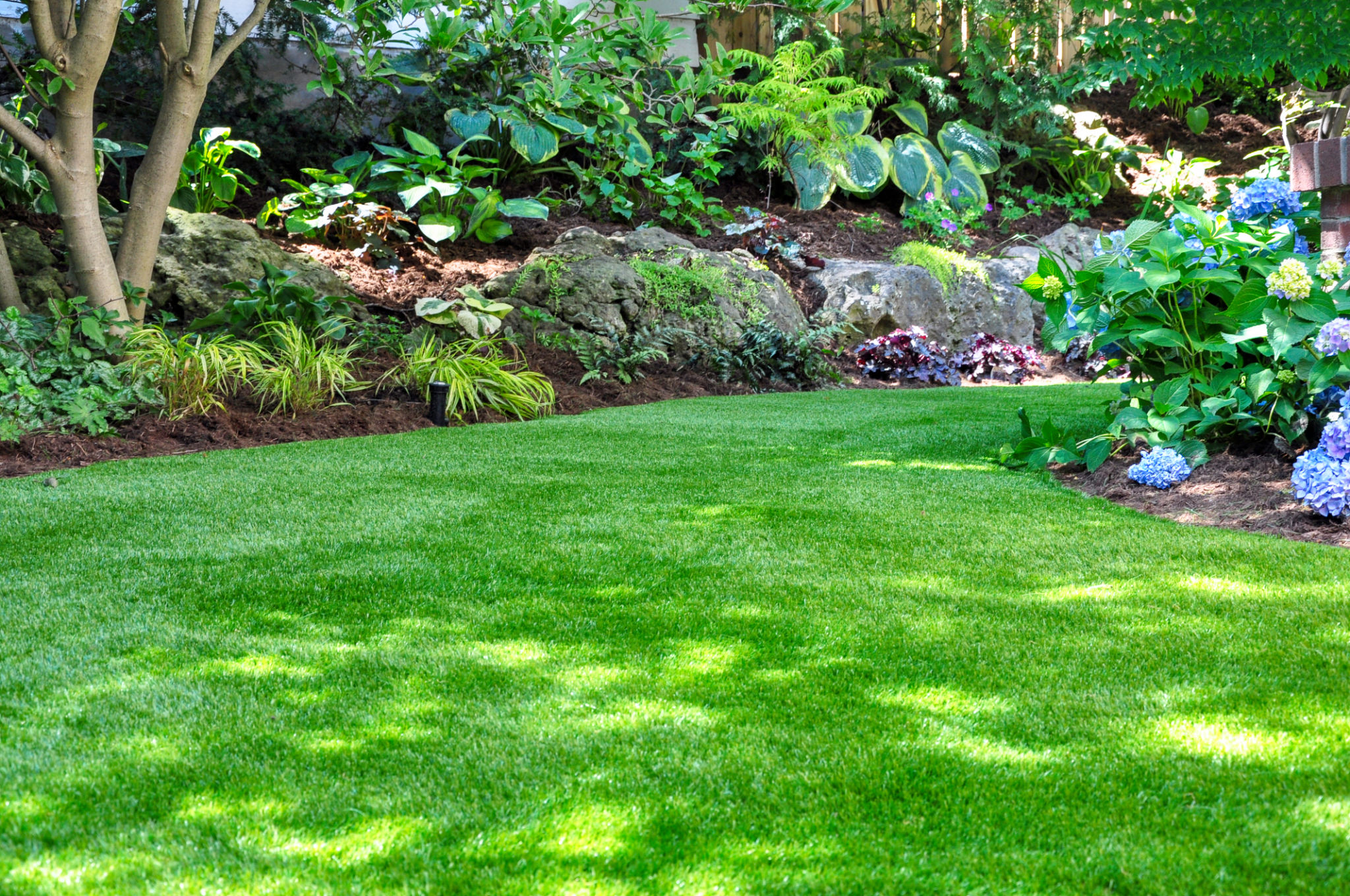Top Myths About Clover Lawns: Debunking Common Misconceptions
Introduction to Clover Lawns
Clover lawns are gaining popularity as a sustainable and low-maintenance alternative to traditional grass lawns. Despite their many benefits, several myths persist about clover lawns that can deter homeowners from making the switch. In this blog post, we will explore and debunk some of the most common misconceptions about clover lawns.

Myth 1: Clover Lawns Require High Maintenance
One of the most widespread myths is that clover lawns require constant upkeep. In reality, clover is a hardy plant that needs minimal care compared to traditional grass. Once established, clover lawns require less frequent mowing and are more drought-resistant. This makes them an ideal choice for those looking to reduce their lawn maintenance efforts.
Mowing Frequency
Clover lawns generally require mowing only a few times a year. The growth rate of clover is slower than most grass species, so there's no need for weekly mowing. This not only saves time but also reduces the carbon footprint associated with lawn care equipment.

Myth 2: Clover Attracts More Pests
Another common misconception is that clover lawns attract a higher number of pests compared to traditional grass lawns. However, clover naturally resists many common lawn pests, including grubs and beetles. Additionally, its flowers attract beneficial insects, such as bees and butterflies, which help promote biodiversity.
Enhancing Biodiversity
By supporting beneficial insects, clover lawns contribute to a healthier ecosystem. These insects can help control pest populations naturally, reducing the need for chemical pesticides. Moreover, clover's ability to fix nitrogen in the soil helps improve soil health over time, promoting a thriving lawn environment.

Myth 3: Clover Lawns Look Unkempt
Some people believe that clover lawns appear messy or unkempt compared to traditional grass lawns. On the contrary, clover creates a lush, green carpet-like appearance that many find aesthetically pleasing. The uniformity of clover's growth and its vibrant color can enhance the beauty of any landscape.
Customizing Your Lawn's Appearance
The perception of clover lawns as untidy often stems from a lack of familiarity with their appearance. Homeowners can customize their lawn's look by mixing clover with other low-maintenance ground covers or keeping a small section of traditional grass for contrast. This versatility allows for a variety of attractive landscaping options.
Myth 4: Clover Lawns Are Not Durable
A final myth is that clover lawns cannot withstand foot traffic as well as grass lawns. While it's true that clover is not as robust as some grass species under heavy use, it is still quite durable for everyday activities. Furthermore, the resilience of clover can be enhanced when mixed with grass species like fescue or ryegrass.
Blending Clover with Grass
Creating a mixed lawn with clover and durable grass types can offer the best of both worlds: the aesthetic and ecological benefits of clover combined with the durability of grass. This approach ensures that your lawn remains attractive and functional.

Conclusion
Clover lawns offer numerous benefits that make them a viable alternative to traditional grass lawns. By debunking these common myths, we hope to encourage more homeowners to consider this eco-friendly option. With minimal maintenance needs, pest resistance, aesthetic appeal, and durability, clover lawns are an excellent choice for modern landscaping.